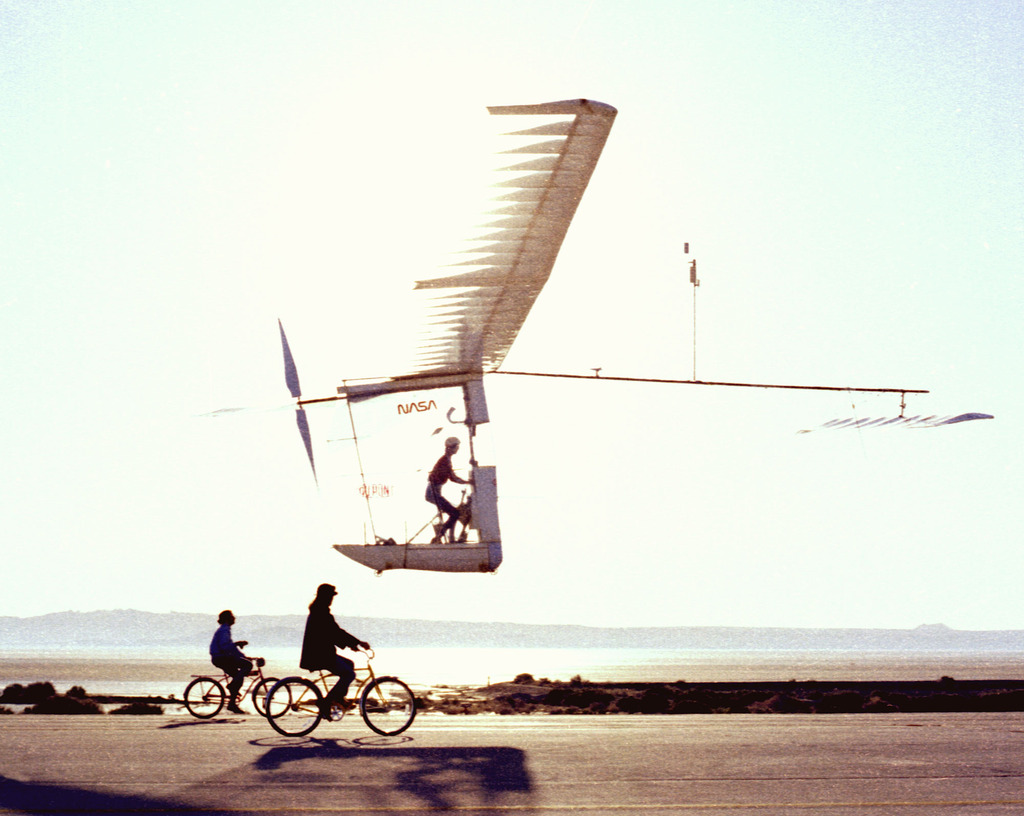When the only tool one has is a hammer, it is tempting to think of everything as a nail (Maslow & Society, 1966). This tendency to apply tools and methods to any problem, no matter how inappropriate, simply because they are available is also known as the Law the of Instrument or Maslow’s Hammer. Combined with the human bias to overestimate our abilities when we only have a fundamental understanding of a tool or method (Kruger & Dunning, 1999), this explains many aberrations in one or another agile transformation, e.g., committees that organize their work in sprints, even though they are neither a team nor working on a product.
Maslow’s hammer, however, is by no means a problem of laymen but initially describes a blind spot of experts (Maslow & Society, 1966). This blind spot becomes painfully noticeable when dealing with complex issues where experts are primarily used to work on complicated things. Engineering, for example, is mainly in the realm of the complicated. Accordingly, the engineering approach is analytical: experts break down the problem, analyze the parts and various aspects, and then assemble the solutions. That’s how factories, cars, and airplanes are built. Regular planes, anyway.
The art of building airplanes was already well advanced by 1976. That year, the Concorde became the first supersonic passenger aircraft to take up regular flight operations. It carried its passengers at more than twice the speed of sound in a record time of 3 to 3.5 hours from London or Paris to New York, twice as fast as before (see Wikipedia). However, a wholly different and, at first glance, much simpler challenge of aircraft construction was still unsolved at that time.
In 1959 not only preliminary development work on Concorde began in France and Great Britain. That year, the British industrialist Henry Kremer also donated a prize of 5,000 British pounds for the first airplane propelled by human muscle power that would fly a lying figure eight around two posts at a distance of half a mile (806 meters) within 8 minutes. In 1967 Kremer doubled the prize money, and in 1973 he finally increased it to 50,000 British pounds. Despite this handsome sum, which would be equivalent to just under €720,000 in today’s purchasing power, many teams failed to meet the challenge (see Wikipedia).
Enter Paul MacCready. The American physicist had a Ph.D. in atmospheric disturbances and was an avid glider pilot, but not an aircraft engineer. He only had some experience building indoor airplane models from his youth and building hang gliders with his sons. And he was $100,000 in debt in the summer of 1976 due to a guarantee for a friend’s failed start-up. According to the exchange rate at the time, this sum was pretty much equivalent to the 50,000 British pounds of the prize donated by Henry Kremer, which is why Paul MacCready became interested in the problem of human-powered flight.
Lacking prior knowledge about the right way to design airplanes and lacking the budget for a large team of experts and expensive equipment, Paul McCready did not dwell long on analysis and planning like the other professional teams. Having studied the flight of vultures during his summer vacation, he had the idea to try his luck with a light “model airplane” with a vast wingspan (29 meters, about the size of a DC‑9). Within just two months, the first version of the Gossamer Condor, made of aluminum tubes, wires, rigid foam, and all covered with a polyester film, was ready for a test flight. It ended — like so many after that — in a crash. But that was precisely the point.
The Gossamer Condor was thus the naive work of an amateur who did not care how professionals constructed aircraft according to state of the art at that time. This state-of-the-art, applied by the competitors, resulted in fantastic and relatively fast airplanes. Still, it also made them more complex and heavier — too heavy to be operated by muscle power in the long run. However, the real competitive advantage of Paul MacCready’s design was not so much its lightness or other technical refinements but the fact that the Gossamer Condor was so simple to build and thus easy to repair. This simplicity allowed the team to learn from failures much more quickly than the competition.
The success of this tactic was not long in coming. Within a few months, Paul MacCready’s small team was able to overtake the competition and improve the Gossamer Condor failure after failure. And finally, on August 23, 1977, with professional cyclist Brian Allen as the pilot, they succeeded in flying the lying figure eight around the two poles half a mile apart in a relatively unhurried 7:25:05 minutes. Just two years later, on June 12, 1979, the same team managed to cross the English Channel with the Gossamer Albatross, the successor to the Condor and received the second Kremer Prize for it, which was endowed with 100,000 British pounds. Paul MacCready was rid of his debts and thus entered the annals of aviation.

The professional teams before him followed the rules of engineering. If supersonic flight and landing on the moon were possible with this art, the problem of human-powered flight, seemingly far less complicated, could be solved as well. However, the problem was more complex than initially thought. The same analytical approach to engineering that had improved aircraft construction over the decades could not solve the complexity of muscle-powered flight.
Successfully dealing with complexity requires a change of method from analytics to empiricism. Paul MacCready followed his instinct and approached this problem (also due to a lack of alternatives) in a much more empirical way than the more analytically oriented competition. He focused his minimal resources on what was truly essential and left everything else out. The airplane didn’t have to be fast or attractive; it just needed a large wingspan for lots of lift, as in gliding, with as little weight as possible, because a person’s muscle power was the limiting factor. And to learn quickly from experiments and quickly try out new modified designs, it had to be simple in construction and easy to repair.
The real challenge wasn’t to build an elegant aircraft that could do the figure eight on the field around the two pylons; it was to build a large, light aircraft, “no matter how ugly it is,” that you could crash, “then repair, modify, alter, redesign — fast.” That was when he suddenly realized, “There is an easy way to do it.”
(McKeown, 2021)
Anyone who has spent many years of training and professional life successfully applying a hammer to different nails finds it challenging to recognize the screw and change the tool. At first glance, the Kremer price seemed to be a rather complicated problem, or at least that’s what the so-trained engineers thought it was. However, the restriction of a single parameter, namely drive by human muscle power alone, made the complexity more predominant. It was only through the strongly empirical procedure of trial and error (or, more elegantly, hypothesis and experiment) that Paul MacCready, as a layman, succeeded in doing what the experts before him had been unable to do for so long.
References
Kruger, J., & Dunning, D. (1999). Unskilled and unaware of it: How difficulties in recognizing one’s own incompetence lead to inflated self-assessments. Journal of Personality and Social Psychology, 77(6), 1121 – 1134. https://doi.org/10.1037/0022 – 3514.77.6.1121
Maslow, A. H., & Society, J. D. (1966). The Psychology of Science: A Reconnaissance. Harper & Row.
McKeown, G. (2021). Effortless: Make it easier to do what matters most (First edition). Currency.




1 Comment
Very interesting